Orchard farming refers to farming practices involving planting and tending trees and shrubs. Once you understand that, it’s easy to think of different types of orchards, like peach orchards, walnut orchards, or avocado orchards.
The types of orchards in your area depend significantly on the climate and natural resources available. Certain states like California and Florida have ideal temperatures, water resources, and other conditions that make them well-suited to fruit and nut orchards.

Water is often the biggest concern for orchard farming because it takes a lot of water to produce tree fruits, nuts, and things like berries.
Farmers must often rely on a mix of irrigation and natural rainfall for good yields. A lack of water can damage the trees and fail to produce enough fruit to make orchard farming worthwhile.
Here are some types of orchards, along with useful information about what needs to happen for an orchard to thrive.
Table of Contents
1. Fruit Orchards

Fruit orchards are likely the most common type of orchard in the world. Almost every fruit you see in your local grocery store comes from a commercial orchard.
There are smaller orchards that sell at farmer’s markets, fruit stands, and to local restaurants. An orchard doesn’t have to be a specific size but generally has rows of trees that consistently produce fruit yearly.
In the United States, oranges, peaches, lemons, figs, apples, and other fruits are grown in orchards. In addition, you’ll find olives, dates, and other similar fruits in drier climates.
The kind of fruit and how successful an orchard is depends on water availability, weather, and the farmer’s experience.
2. Seed Orchards
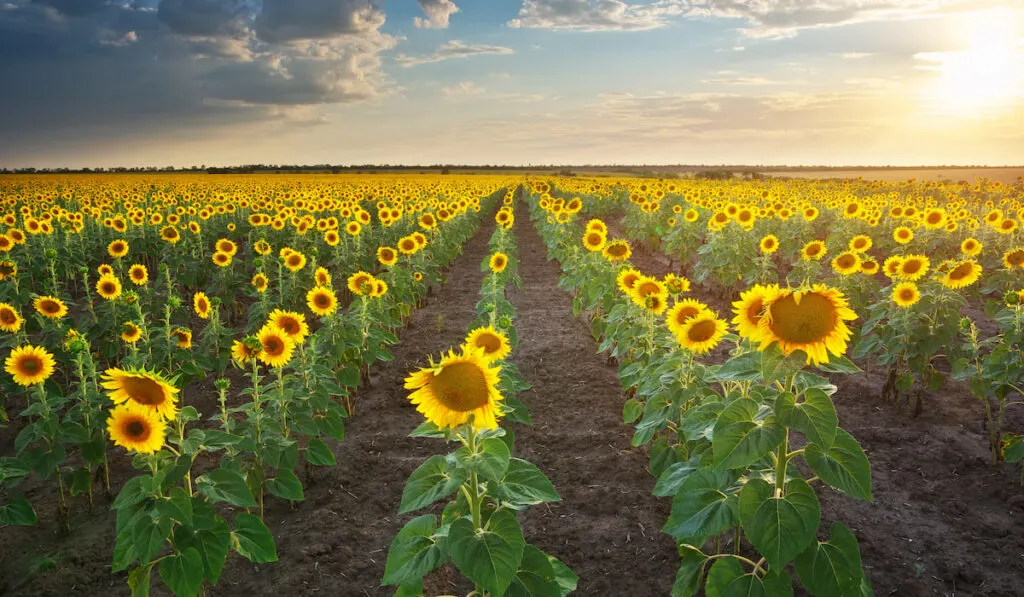
Seed orchards focus on growing trees and bushes that produce seeds. Those seeds are typically sold to distribution companies that sell them either to larger agricultural operations or to smaller companies and individual farmers for food production.
A lot of science goes into making seeds that produce bigger, better-tasting, and more appealing fruits, vegetables, and even flowers. Cross-pollination and different farming tactics help farmers select the best plants and practices to get the best results.
3. Nut Orchards
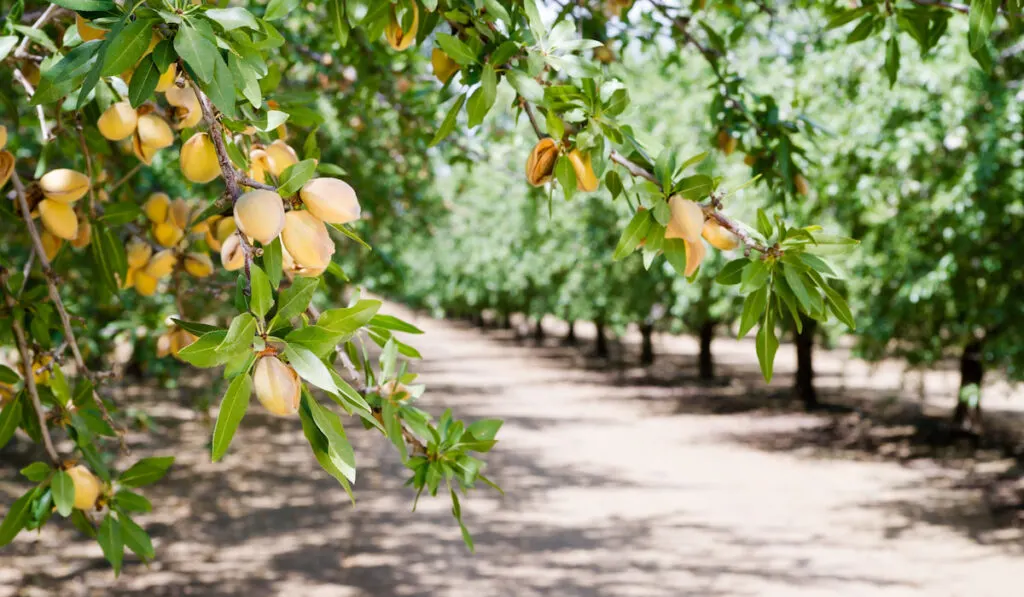
Across the United States, nut orchards produce all the delicious nuts consumers love, like almonds, cashews, pecans, and walnuts. These nuts that come from trees are in everything from chocolate to dairy milk alternatives.
4. Tree Orchards
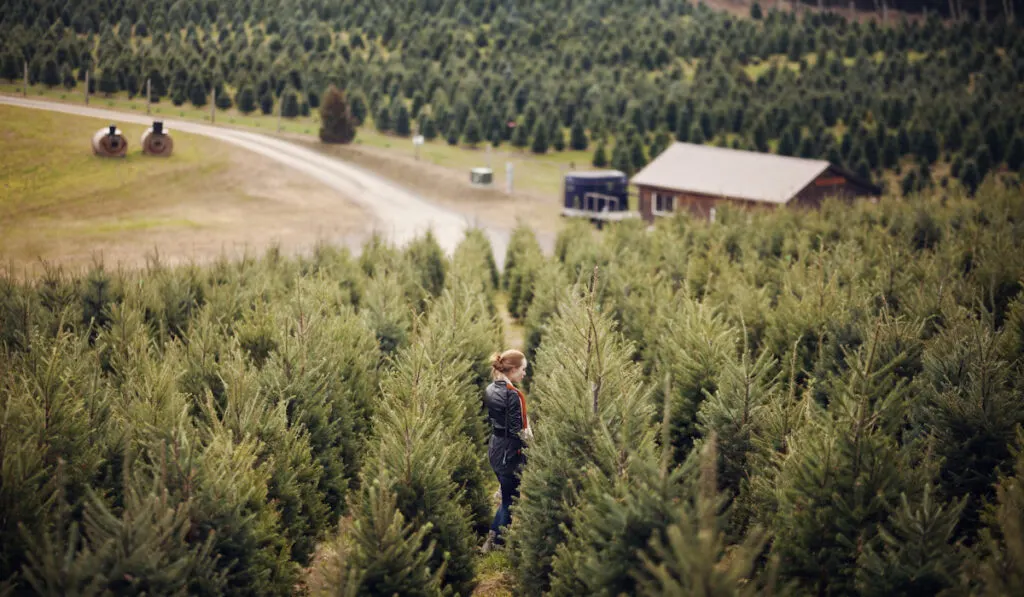
Some farmers plant trees that they then sell to buyers who want the trees for decoration or to start their own orchards with. One good example of a tree orchard is evergreen tree farmers who plant trees early in the year to sell during the holidays when millions of Americans buy Christmas trees.
You also have maple orchards where farmers harvest maple syrup. Rubber farmers also plant trees and then harvest the sap from trees to make rubber in everything from tires to various commercial products.
5. Coffee Orchards
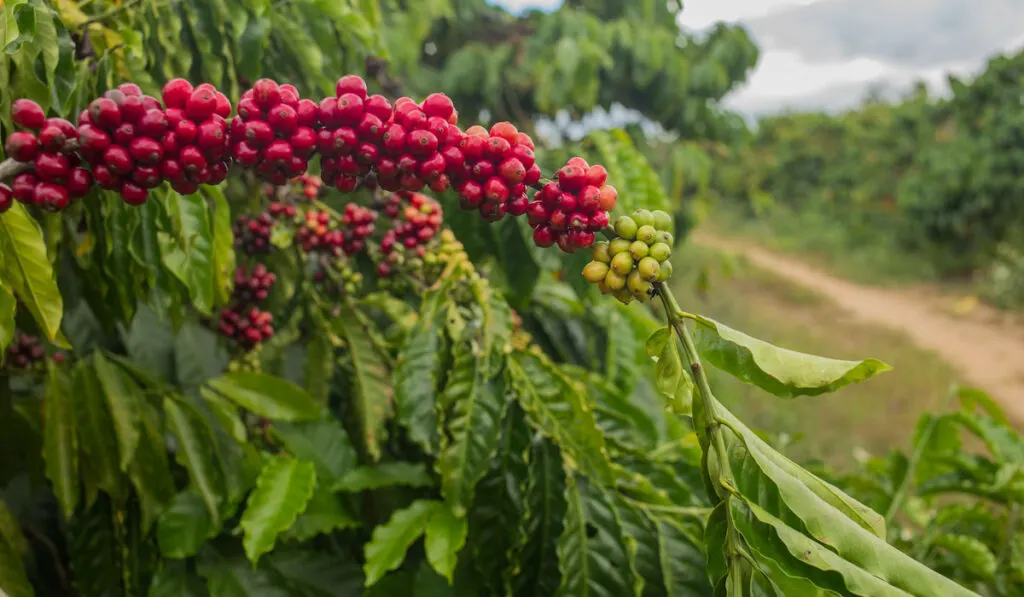
Coffee comes from roasting coffee beans, so some people may think that, technically, coffee plants don’t belong in the orchard category.
However, many people put coffee farms into the orchard category because the farming industry’s planting and farming process are similar to other orchards.
Some Tips for Orchard Farming
A lot goes into planning and farming orchards. In most cases, having an orchard requires years of waiting and patience before it bears any fruit. Additionally, mistakes are usually costly. How you prepare the soil, irrigate, and prune your trees significantly impacts the fruit or seeds you get.
Choosing the right location for your orchard is typically your first and most critical decision. On top of deciding what type of fruit, seed, nut, etc., you’re farming, you need to position the trees for optimal water and sun exposure.

For example, many orchards are positioned on slopes, so they get the water they need to stay healthy, but there’s also room for the water to flow through the orchard instead of staying put and suffocating the roots.
How far apart you plant your trees or bushes is another consideration. If you plant things too close together, they crowd each other, and root systems can become too complicated. On the other hand, if the trees are too far apart, it makes pollination harder.
Planting an Orchard
Whether you’re planting from seed or buying seedlings from a nursery, you need to take steps to guarantee your plants have the best opportunities to grow and thrive.
When you buy from nurseries, plant the seedlings at the recommended depth. This gives them enough soil to grow and get their needed water and nutrients.
Ensure that each seedling gets enough water. Certain types of orchards will need more water than others, so ask the experts at your nursery how much water your seedlings need.
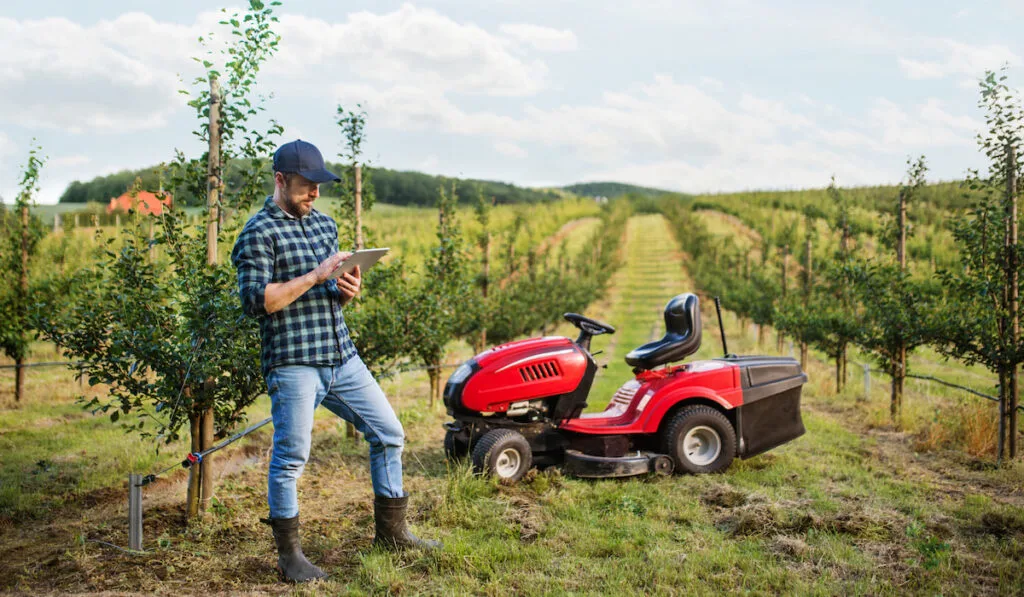
Professional vs. Hobbyist Orchards
If you’re lucky enough to have some land to use for an orchard, planting seeds and watching things grow is always rewarding. The stakes aren’t as high, so you can make mistakes and stick with what works along the way.
Having a private orchard is a ton of fun, especially in the late summer when it’s time to hand out peaches, apricots, plumbs, and apples to your friends and neighbors. You can use your fruit to make pies and cakes or preserve the fruits to make jams and other things that will last for years.
Starting a professional orchard is much harder, and you’ll likely need some professional assistance to succeed. If you have enough land, that’s great. However, you’ll also need to check with your local government authorities to ensure you have ongoing water access.
In some parts of the country dealing with drought, local governments will sometimes place watering restrictions on private land. That is usually bad news for private orchard owners because going without water can negatively impact crop yields.
Final Thoughts
Orchards take a lot longer to grow and farm than a typical backyard garden. It usually requires years of hard work and careful planning before seeing any results. However, once the orchard is mature, you can rely on a consistent supply of delicious fruits, nuts, and seeds annually.
Resources
- https://farmingbase.com/17-things-to-know-before-raising-an-orchard/
- https://bookrevise.com/what-are-the-different-types-of-orchards/
- https://www.tractorjunction.com/blog/what-is-orchard-farming-orchard-farming-in-india/
